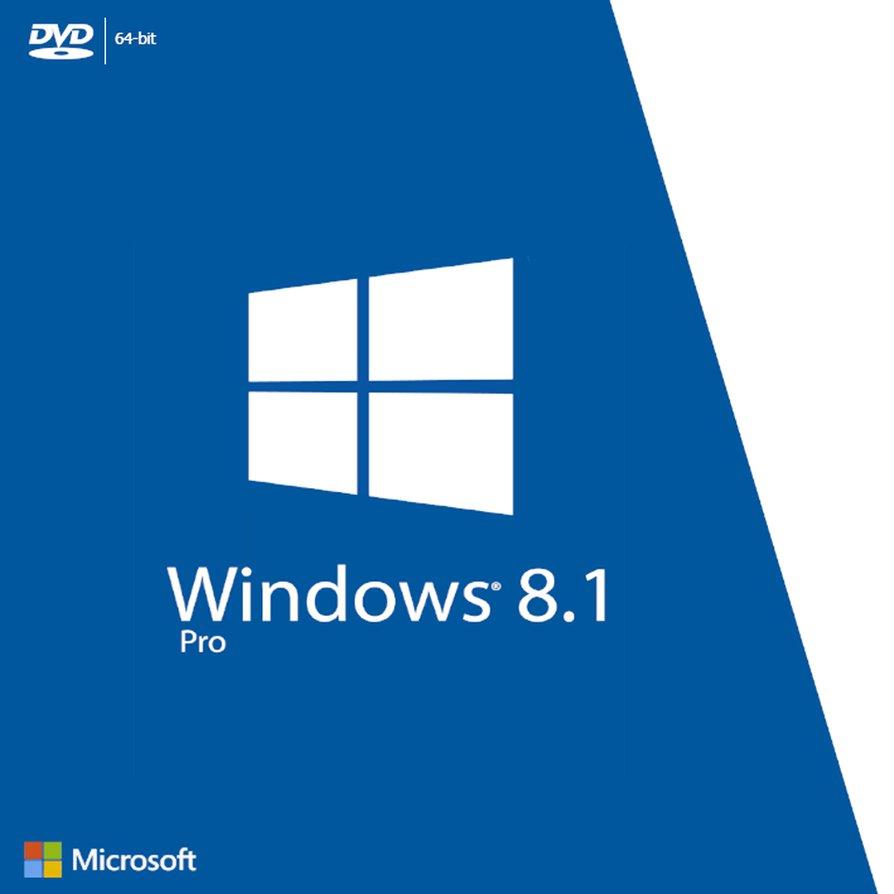Microsoft Windows 8.1 Support ends for good: does anyone care?

Microsoft Windows 8 was first released to the public in May 2012, as the successor to Windows 7.
The struggle to be recognized as a worthy successor, began almost immediately, as troves of users refused to come to grasp with Windows 8’s almost alien interface, and the forced replacement of the traditional Windows Start Menu, with what was introduced as the “Metro” start screen, which featured live tiles instead of static icons and folders.
As of January 15th 2018, Mainstream support for Windows 8 ends for good, which means that no more updates will be provided to licensed owners of the operating system, including security updates and patches.
The end of mainstream support, however, doesn’t mean the end of support for those who purchased extended support, or enterprise organizations. These licenses will still receive updates for five more years.
Microsoft has offered a free upgrade to its newest operating system, Windows 10, from the very beginning of its launch in July 29 2015, for the very purpose of addressing the initial discontent provoked by the elimination of history legacy features like the Windows Start Menu, and the traditional Task Bar, in favor of the Metro-style tiled screen.
Windows 8 was certainly premature for its time, as it was the signature product that followed it: Microsoft Surface 2, which made Windows 8 even more unpopular, due to the fact that Microsoft’s newest tablet PC did not run a desktop version of Windows 8, but rather a stripped-down version for mobile devices called Windows RT. Windows RT did not run any of the traditional desktop programs you’d find on a regular laptop or desktop PC. Users were forced to rely on mobile apps downloadable via a very young and bare Windows Store.
While certainly premature in lots of ways, Windows 8 featured some of the most unique and defining characteristics of its successor, Windows 10, although the bulk of them were internal to the operating system.
Windows 8 was a pioneering system in many ways, and an improvement over previous versions of Windows, both in security and stability. The introduction of apps that could be downloaded from a secure location, just as Apple users do from the Apple Apps Store, was the push that the industry needed to push for more mobile devices, and a complete overhaul of the concept of laptop, through Microsoft Surface 2.
Windows 10 has been a tremendous success, compared to Windows 8, partly due to Microsoft finally finding the right time to introduce such staggering array of game-changing features, later on embraced by Microsoft’s nemesis, Apple Inc. in it’s own Apple Mac operating system, such as the integration of Cortana into the desktop version of Windows 10, which is a major win for Microsoft, as the pioneer of desktop PC virtual assistants.
Some of the most notable features that came from Windows 8, include Windows 10 Taskbar and Start Menu, that blend the best feature of the Metro-style menu, the tiled menu, and the best components and user experience of the traditional Taskbar, in one streamlined interface that makes finding your way into any setting, program and feature, a breeze, not to mention the ability to summon Cortana to find applications, files and other information, on the host PC, or online.
Ready to shop?
Own the ultimate Windows 10-powered creative powerhouse: the all-new Microsoft Surface Studio.